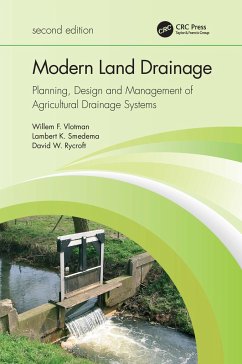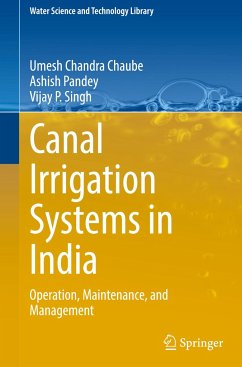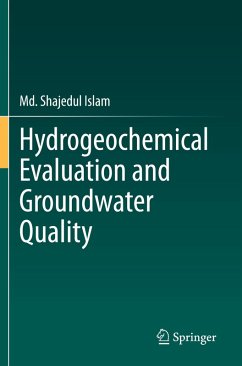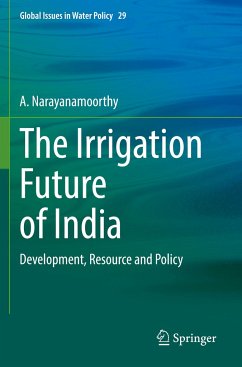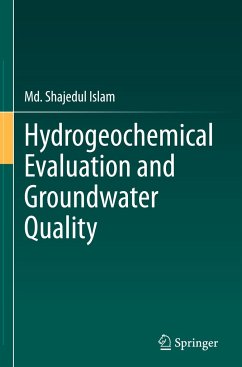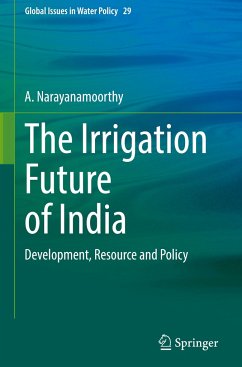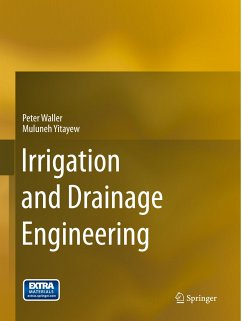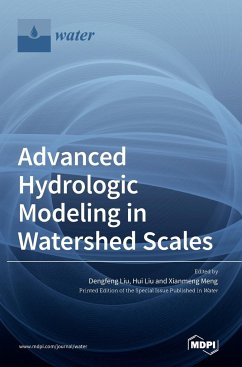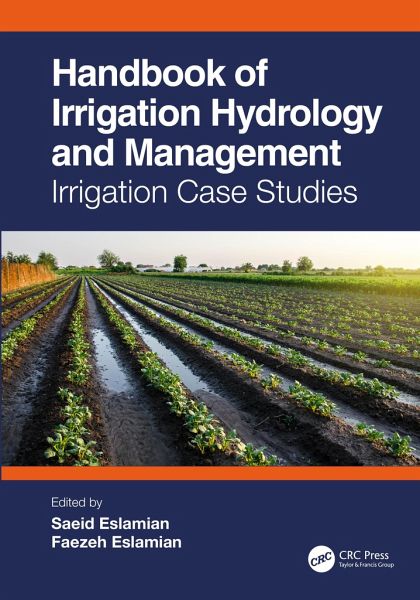
Handbook of Irrigation Hydrology and Management
Irrigation Case Studies
Herausgeber: Eslamian, Saeid; Eslamian, Faezeh

PAYBACK Punkte
88 °P sammeln!
Ever-increasing population growth has caused a proportional increased demand for water, and existing water sources are depleting day by day. Moreover, with the impact of climate change, the rates of rainfall in many regions have experienced a higher degree of variability. In many cities, government utilities have been struggling to maintain sufficient water for the residents and other users. The Handbook of Irrigation Hydrology and Management: Irrigation Case Studies examines and analyzes irrigated ecosystems in which water storage, applications, or drainage volumes are artificially controlled...
Ever-increasing population growth has caused a proportional increased demand for water, and existing water sources are depleting day by day. Moreover, with the impact of climate change, the rates of rainfall in many regions have experienced a higher degree of variability. In many cities, government utilities have been struggling to maintain sufficient water for the residents and other users. The Handbook of Irrigation Hydrology and Management: Irrigation Case Studies examines and analyzes irrigated ecosystems in which water storage, applications, or drainage volumes are artificially controlled in the landscape and the spatial domain of processes varies from micrometers to tens of kilometers, while the temporal domain spans from seconds to centuries. The continuum science of irrigation hydrology includes the surface, subsurface (unsaturated and groundwater systems), atmospheric, and plant subsystems. Further, the book includes practical case studies from around the world, including locations such as Africa, Australia, China, India, the Middle East, the United States, and more. Features: Offers water-saving strategies to increase the judicious use of scarce water resources Presents strategies to maximize agricultural yield per unit of water used for different regions Compares irrigation methods to offset changing weather patterns and impacts of climate change





